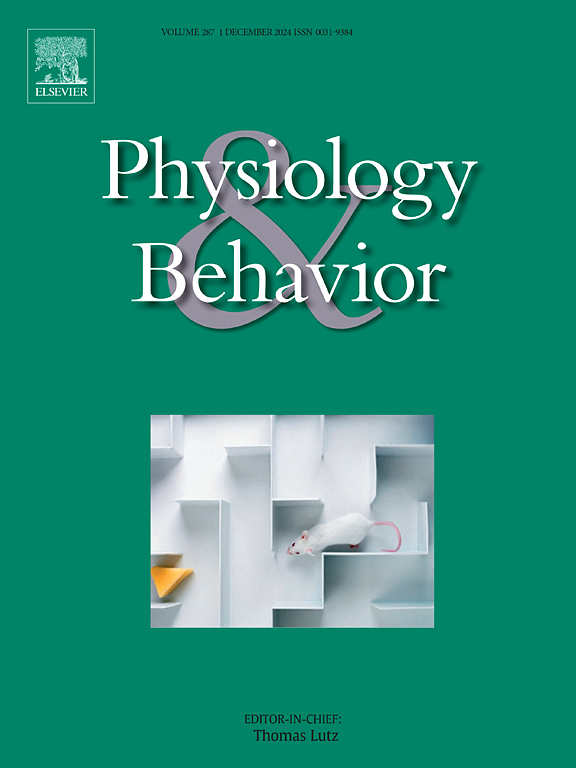The effect of blue light on cognitive function at workplaces: A systematic review
IF 2.4
3区 医学
Q2 BEHAVIORAL SCIENCES
引用次数: 0
Abstract
Aim
Due to the widespread use of artificial lighting in modern workplaces, exposure to blue light is becoming increasingly common. Blue light, known for its shorter wavelength and higher energy, has been linked to both positive and negative effects on cognitive functions and well-being.
Objective
This systematic review explores the impact of blue light exposure on cognitive performance and sleep in various workplace settings.
Material and methods
This systematic review followed the Preferred Reporting Items for Systematic Reviews and Meta-Analyses (PRISMA) guidelines. Using predefined inclusion and exclusion criteria, the team searched three reputable databases (PubMed, Web of Science, and Scopus). Two authors independently screened the search results and the three other authors performed the data extraction and validation from the selected documents. The quality of the articles was assessed using the quality assessment checklist provided by The Joanna Briggs Institute (JBI).
Results
From an initial set of 63 articles, 29 documents met the inclusion criteria. The findings reveal that blue light, particularly at high color temperatures and intensities, enhances cognitive functions such as attention, alertness, and reaction time. However, its effects on memory and sleep were more variable. Exposure to blue-enriched light was consistently associated with improved workplace performance, although some studies reported a mixed or insignificant impact.
Conclusion
This review underscores the potential benefits of blue light in workplace settings, particularly for enhancing attention and reaction times. However, variations in study outcomes suggest the need for standardized lighting interventions and further research on its long-term cognitive impacts.
蓝光对工作场所认知功能的影响:系统综述:蓝光与认知功能。
目的:由于人工照明在现代工作场所的广泛使用,暴露在蓝光下变得越来越普遍。蓝光以波长更短、能量更高而闻名,它对认知功能和健康既有积极的影响,也有消极的影响。目的:本系统综述探讨了不同工作环境下蓝光照射对认知表现和睡眠的影响。材料和方法:本系统评价遵循系统评价和荟萃分析的首选报告项目(PRISMA)指南。使用预定义的纳入和排除标准,研究小组搜索了三个著名的数据库(PubMed、Web of Science和Scopus)。两位作者独立筛选搜索结果,另外三位作者从选定的文档中进行数据提取和验证。使用乔安娜布里格斯研究所(JBI)提供的质量评估清单对文章的质量进行评估。结果:在最初的63篇文章中,29篇符合纳入标准。研究结果表明,蓝光,特别是高色温和高强度的蓝光,可以增强认知功能,如注意力、警觉性和反应时间。然而,它对记忆和睡眠的影响则更加多变。暴露在富含蓝光的光线下一直与改善工作表现有关,尽管一些研究报告的影响好坏参半或微不足道。结论:这篇综述强调了蓝光在工作场所的潜在好处,特别是在提高注意力和反应时间方面。然而,研究结果的差异表明,需要标准化的照明干预措施,并进一步研究其长期认知影响。
本文章由计算机程序翻译,如有差异,请以英文原文为准。
求助全文
约1分钟内获得全文
求助全文
来源期刊

Physiology & Behavior
医学-行为科学
CiteScore
5.70
自引率
3.40%
发文量
274
审稿时长
47 days
期刊介绍:
Physiology & Behavior is aimed at the causal physiological mechanisms of behavior and its modulation by environmental factors. The journal invites original reports in the broad area of behavioral and cognitive neuroscience, in which at least one variable is physiological and the primary emphasis and theoretical context are behavioral. The range of subjects includes behavioral neuroendocrinology, psychoneuroimmunology, learning and memory, ingestion, social behavior, and studies related to the mechanisms of psychopathology. Contemporary reviews and theoretical articles are welcomed and the Editors invite such proposals from interested authors.
 求助内容:
求助内容: 应助结果提醒方式:
应助结果提醒方式:


